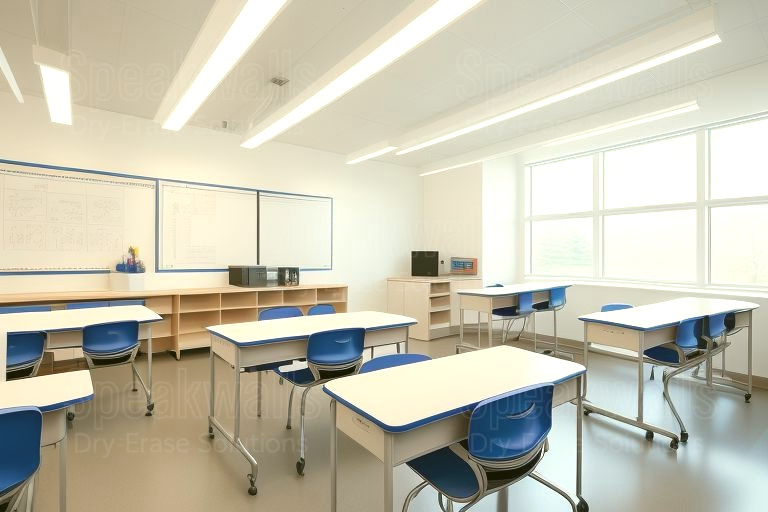Imagine walking into your science class, slipping on a VR headset, and suddenly finding yourself in a high-tech lab. In this virtual world, you can mix volatile chemicals, dissect rare specimens, or even explore the surface of Mars—all without worrying about cost, danger, or cleanup. That’s the magic of VR labs, and they’re revolutionizing science education in high schools.
Traditional labs have their limits. Some experiments are too expensive (who’s got a spare MRI machine lying around?) or too risky (nobody wants a real explosion in chemistry class). VR removes those barriers. Students can simulate experiments that schools could never afford or safely perform, like recreating nuclear reactions or studying infectious diseases.
The interactive nature of VR makes learning hands-on and engaging. Instead of just reading about physics, students can build a virtual roller coaster and tweak variables to see how gravity and friction work in real-time. Want to understand anatomy? Explore a beating human heart from the inside. These experiences aren’t just memorable—they’re transformative.
VR labs also promote equity. Schools in underserved areas often struggle to provide well-equipped labs. VR levels the playing field, giving all students access to the same high-quality resources.
The best part? Mistakes are encouraged. Blow up the lab in VR? No problem—just reset and try again. This fosters creativity, critical thinking, and problem-solving.
With VR labs, science comes alive, turning classrooms into spaces of limitless exploration and discovery. It’s the future of education, and it’s here now.
